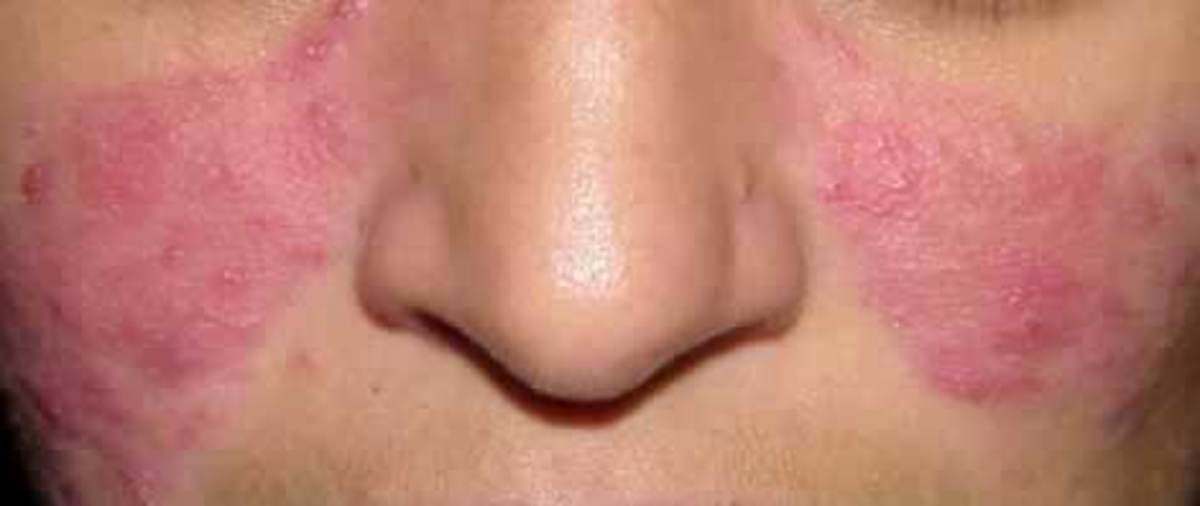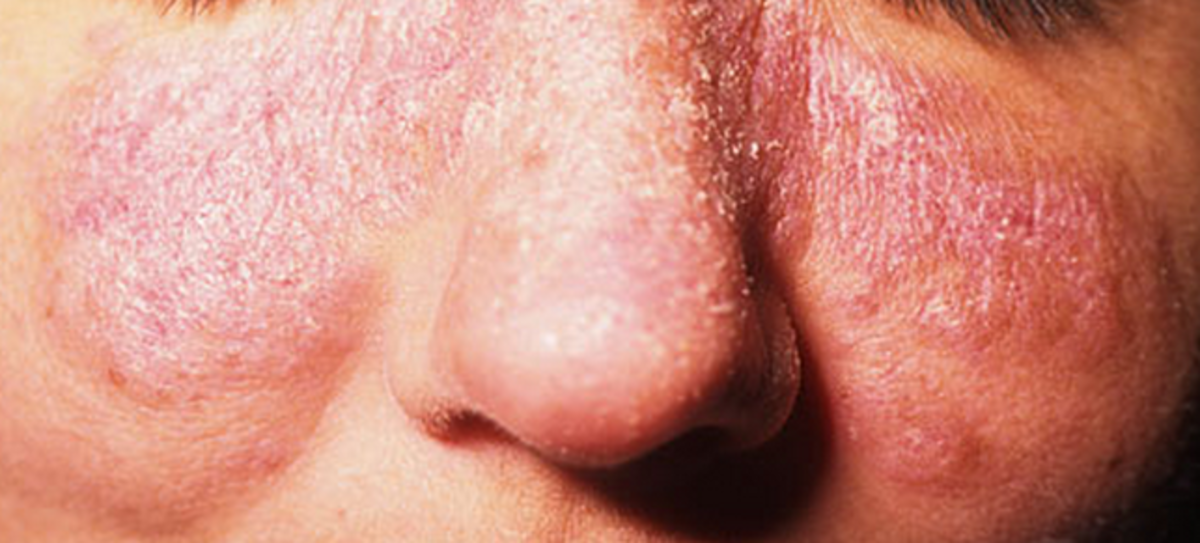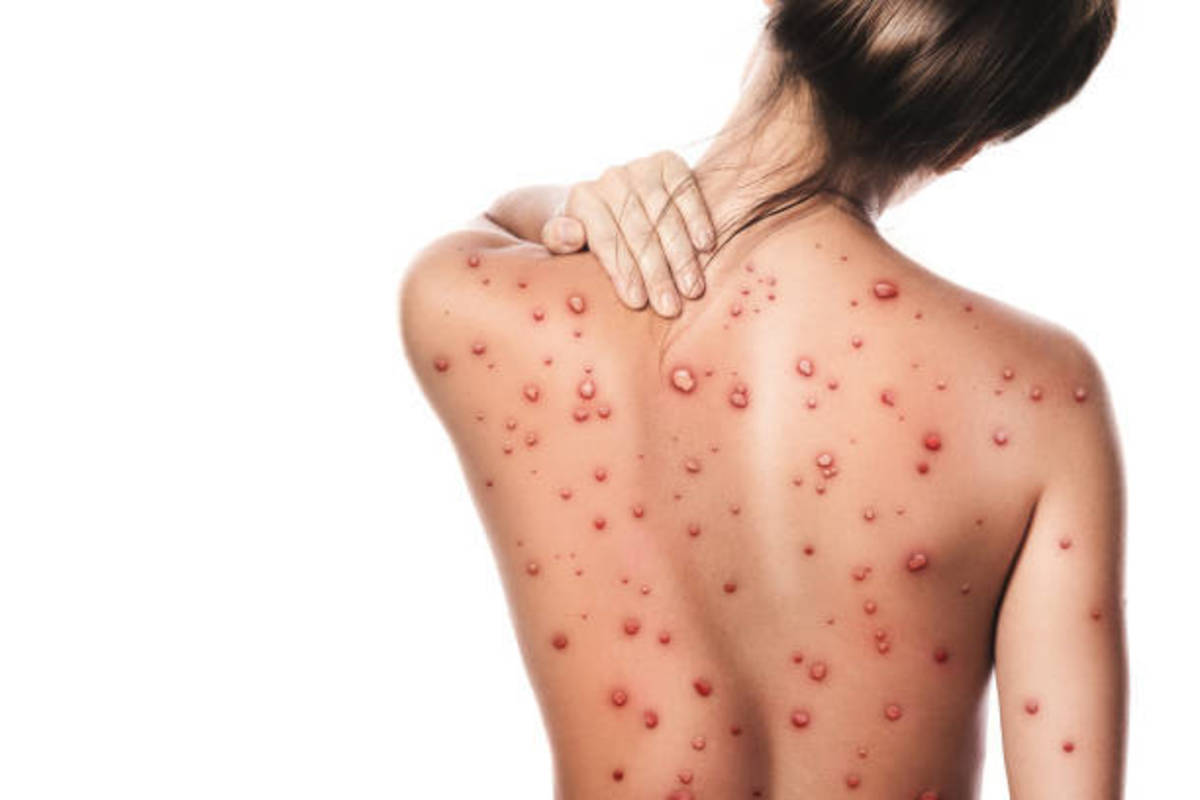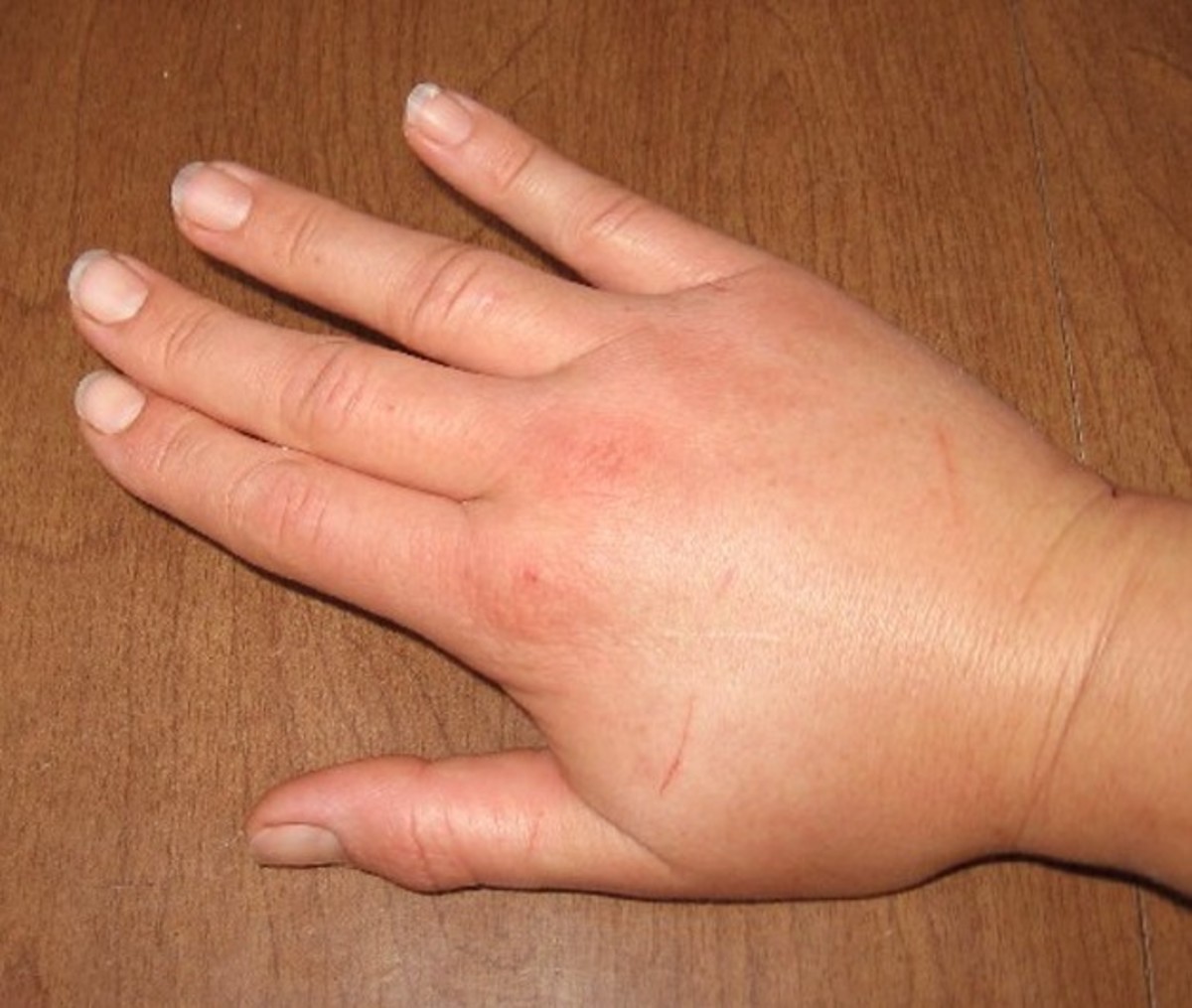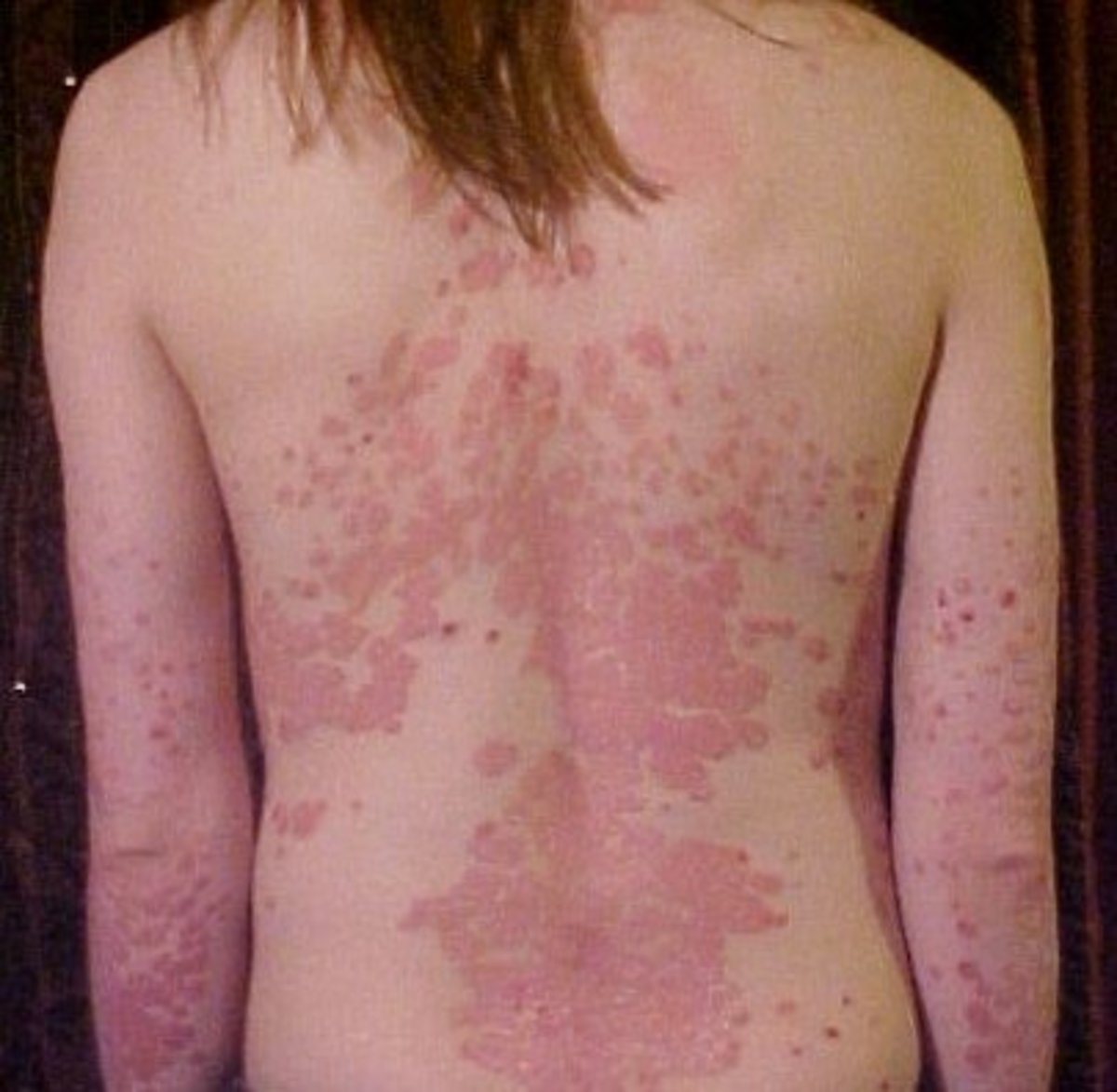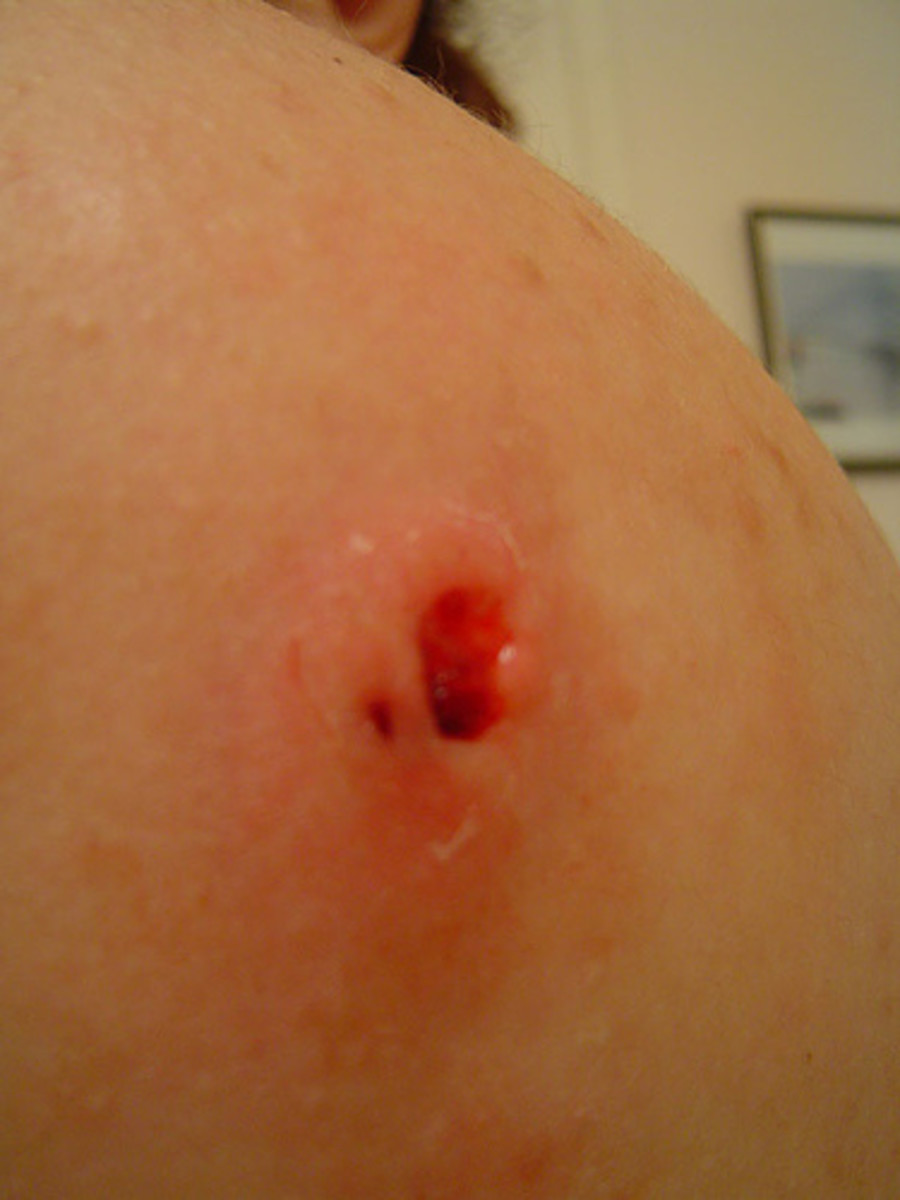Lymphedema - Pictures, Symptoms, Causes, Treatment
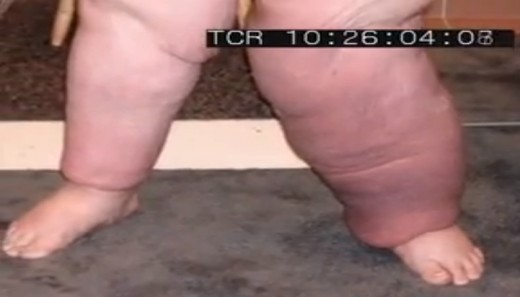
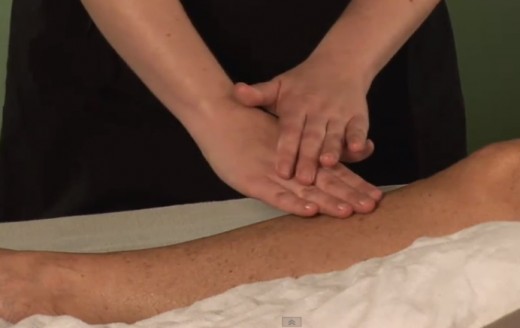
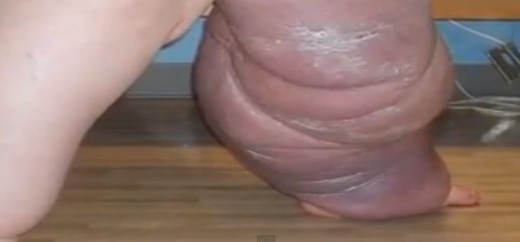
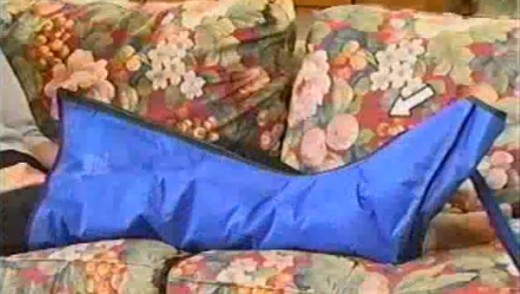
Lymphedema is a condition which features swelling of one or both the upper or lower limbs. In most cases, lymphedema typically affects a single arm or leg. However, at times inflammation can occur on both legs or both arms.
Lymphedema is caused due to obstruction in the lymphatic system, which is a vital component of the circulatory and immune systems. The obstruction prevents drainage of lymph fluid. Consequently inflammation persists with the increased accumulation of such fluid. Lymphedema is mostly caused due to injury or removal of the lymph nodes as part of treatment for cancers.
Lymphedema currently has no available cure. However, its symptoms can be managed via meticulous care of the affected limb.
Symptoms of Lymphedema
Some of the signs and symptoms of lymphedema are as follows:
- A section of an arm or leg, or the complete leg or arm, including the toes and the fingers may experience inflammation or swelling.
- The range of motion of the affected limbs is restricted
- The affected arm or leg may be prone to infections
- The arm or leg may experience discomfort or aches
- The arm or leg may experience sensations of tightening or heaviness
- The skin on affected limb may harden or thicken
The swelling associated with lymphedema may be minor, wherein the changes in limb size will be hardly noticeable. It can also be very severe accompanied by inability to move or use the affected arm or leg. Patients who develop lymphedema after cancer therapy will generally experience the characteristic symptoms only after many months or even years post treatment.
Causes of Lymphedema
The lymphatic system is vital to maintenance of a healthy body. It is responsible for circulation of protein-abundant lymph fluid across the body, and collection of viruses, bacteria and unwanted products. The lymph vessels act as carriers of the lymph fluid and harmful products. They are connected to the lymph nodes. The unwanted substances are then filtered and later eliminated from the body via lymphocytes which are infection-fighting cells present in the lymph nodes.
When lymph vessels are not able to sufficiently filter and flush out lymph fluid, typically from an arm or leg, then lymphedema may occur. Lymphedema can have primary or secondary causes. Primary lymphedema is caused on its own, while secondary lymphedema is caused due to the presence of an underlying condition or disease. Secondary lymphedema is more prevalent than the former.
Causes of secondary lymphedema:If the lymph vessels or lymph nodes are damaged due to the presence of a disease, or due to certain therapeutic procedures, then it can result in secondary lymphedema. A few causes are listed below:
- Cancer: Lymphedema can occur when there is blockage of lymphatic vessels by cancer cells. For example, the excessive growth of a tumor near a lymph vessel or lymph node may be sufficient to prevent lymph fluid flow.
- Surgery: Surgical incision or removal of lymph vessels or lymph nodes can also cause lymphedema. For example, surgical therapy for breast cancer involves removal of one or more lymph nodes occurring in the armpit. This is done to verify whether the cancer has metastasized. If the remainder of lymph vessels and lymph nodes are unable to functionally offset the loss of the removed nodes, then lymphedema may occur in the arm.
- Infection: Any type of lymph node infection can prevent the free flow of lymph fluid resulting in lymphedema. The lymph vessels can also be blocked by parasites. People living in the developing countries and the sub-tropical and tropical regions of the planet usually suffer from infection-associated lymphedema
- Radiation therapy for cancer: There may be swelling and scarring of the lymph vessels or lymph nodes due to radiation, which in turn can limit the free flow of lymph fluid.
Causes of primary lymphedema: Primary lymphedemais a rare and hereditary disorder caused due to abnormal development of the lymph vessels. It affects more women than men. A few key causes of primary lymphedema are listed below:
- Congenital lymphedema or Milroy’s disease: It is a hereditary condition that starts during infancy and results in anomalous development of the lymph nodes, eventually causing lymphedema.
- Lymphedema tarda or late-onset lymphedema: It is rare and often commences after the age of 35 years
- Lymphedema praecox or Meige’s disease: It is a genetic condition which typically causes lymphedema during childhood or puberty. It can also develop in the 20s or early thirties. The disease is identified by the absence of valves which are necessary in prevention of backward flow of lymph fluid. This poses problems in effective drainage of lymph fluid from the limbs.
Treatment of Lymphedema
No cure exists for lymphedema. The treatment is focused on alleviating the swelling and managing the pain. Some treatment options are listed below:
- Exercises: Consult a physical therapist or a doctor for information on exercises that involve gentle movements of the affected limbs to boost the flow of lymph fluid in those limbs. Such exercises should not be so arduous as to make you tired.
- Massage: Patients may also go for manual lymph drainage which is a special massage technique aimed at increasing the flow of lymph fluid in the affected limbs. The massage consists of gentle hand strokes on the affected arm or leg to facilitate the passage of lymph fluid to healthy lymph nodes.Patients with congestive cardiac failure, skin infections, blood clots, or active cancer should avoid massages. Body areas that have undergone radiation therapy should also not be massaged.
- Wrap the affected leg or arm: Wrapping the affected limbs with bandages can allow the drainage of lymph fluid from the diseased limbs towards the torso. Consult a lymphedema therapist for instructions on how to tie bandages.
- Compression apparels: Use of compression clothing also helps in outward flow of lymph fluid from the affected limbs. After the swelling has subsided, the doctor may recommend to continue wearing the compression garments to prevent lymphedema reoccurrence.
- Pneumatic compression:It involves the use of a sleeve on the affected limbs. The sleeves are connected to a pump which sporadically inflates it, thereby increasing the pressure on the arm or the leg. This in turn results in the away flow of lymph fluid, thereby lowering the swelling.
- Surgery: It is used treat severe cases of lymphedema. Surgery can decrease the swelling, but cannot cure it.

